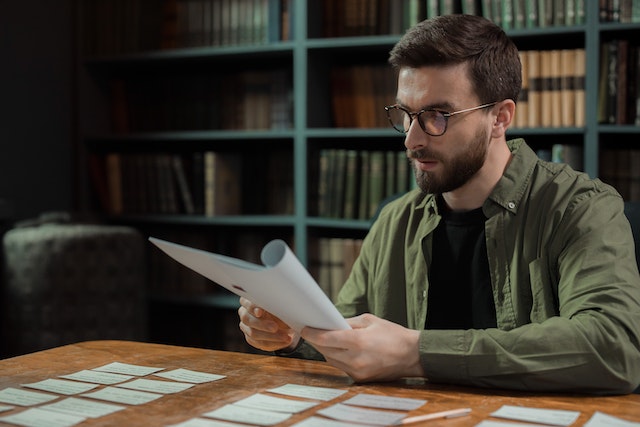
GUEST POST from Chateau G Pato
Every year, unforeseen events shape our lives—from pandemics to technological disruptions. It’s therefore no surprise that organizations of all types, ranging from governments to businesses, increasingly recognize the need to stay one step ahead of the curve. Futures research play a critical role in this process, blending the art of strategic scenario planning and the science of data-driven trend analysis to build a more resilient tomorrow.
At its core, futures research is a method of studying and anticipating change to better equip decision-makers to cope with, and capitalize on, opportunities and challenges of the future. It uses a blend of qualitative and quantitative research to consider both the immediate situation and a variety of potential scenarios, examining all elements that might affect this future, from socio-economic trends to proper investments. Most importantly, it is a way to proactively prepare for the inevitable changes that lay ahead, allowing organizations to make decisions with the greater context in mind.
Case Study 1 – Local Government
Take, for example, the Ontario Drinks Initiative (ODI), recently undertaken by the Ontario provincial government. ODI was established as a response to the explosive growth of hard seltzers and craft beers in the alcoholic beverage industry. The provincial government sought to understand not only current customer preferences and market figures but also the evolving trends in consumer demand that could shape the future of the sector. Futures research, in turn, allowed the government to more accurately predict the potential response to its proposed policies, providing insights on both the short-term actions and long-term investments needed to capitalize upon the industry’s transformation.
Case Study 2 – Healthcare Industry
A separate example can be seen in the healthcare industry, where a merger of hospital networks in the Midwest had become a major political issue. The medical staff, business leaders, and government officials had different opinions on the proposed merger, but they realized that the only way to make an informed decision was with the help of a more comprehensive and future-oriented analysis. Through futures research, the stakeholders managed to better understand potential long-term implications, economic impacts, and regulatory aspects in addition to more immediate pros and cons. In the end, this more nuanced research allowed for decision-makers to make a more informed and strategic decision.
Conclusion
Ultimately, futures research can be a powerful tool for any organization that is looking to stay ahead of the curve and stay ahead of the competition. By blending the art of qualitative scenarios with the science of quantitative data analysis, it can equip decision-makers with the greater context and insight they need to make more informed strategic decisions that can lead to long-term success.
Bottom line: Futurology is not fortune telling. Futurists use a scientific approach to create their deliverables, but a methodology and tools like those in FutureHacking™ can empower anyone to engage in futurology themselves.
Image credit: Pexels
![]() Sign up here to get Human-Centered Change & Innovation Weekly delivered to your inbox every week.
Sign up here to get Human-Centered Change & Innovation Weekly delivered to your inbox every week.